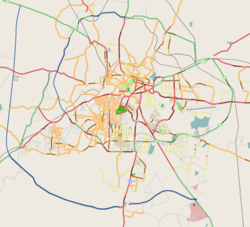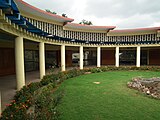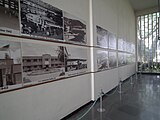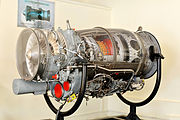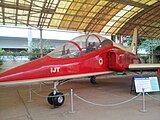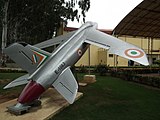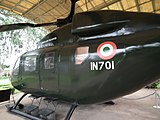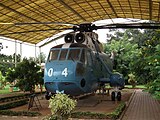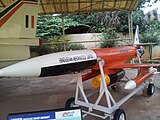 | |
| Established | 30 August 2001 |
|---|---|
| Location | Airport-Varthur road, Bangalore |
| Coordinates | 12°57′20″N77°40′53″E / 12.955431°N 77.681386°E |
| Type | Aviation museum |
HAL Aerospace Museum is India's first aerospace museum [1] located at Hindustan Aeronautics Limited premises, in Bangalore. Established in 2001, the Museum is part of the HAL Heritage Centre and Aero Space Museum, and showcases the growth of the Indian aviation industry and HAL for six decades. [2] [3] [4] [5] The museum houses displays of various aircraft and helicopters, Aircraft engine models, Flight simulators, a mock Air Traffic Control Tower and exhibit of Indian aviation history. The Museum is maintained by HAL (one of Asia's largest Aerospace companies). [6] [7]
